Azabudai Hills to bring a slice of wildness to Tokyo’s megacity
Heatherwick Studio’s design for Azabudai Hills aims to bring some soulfulness and a slice of wildness to the megacity
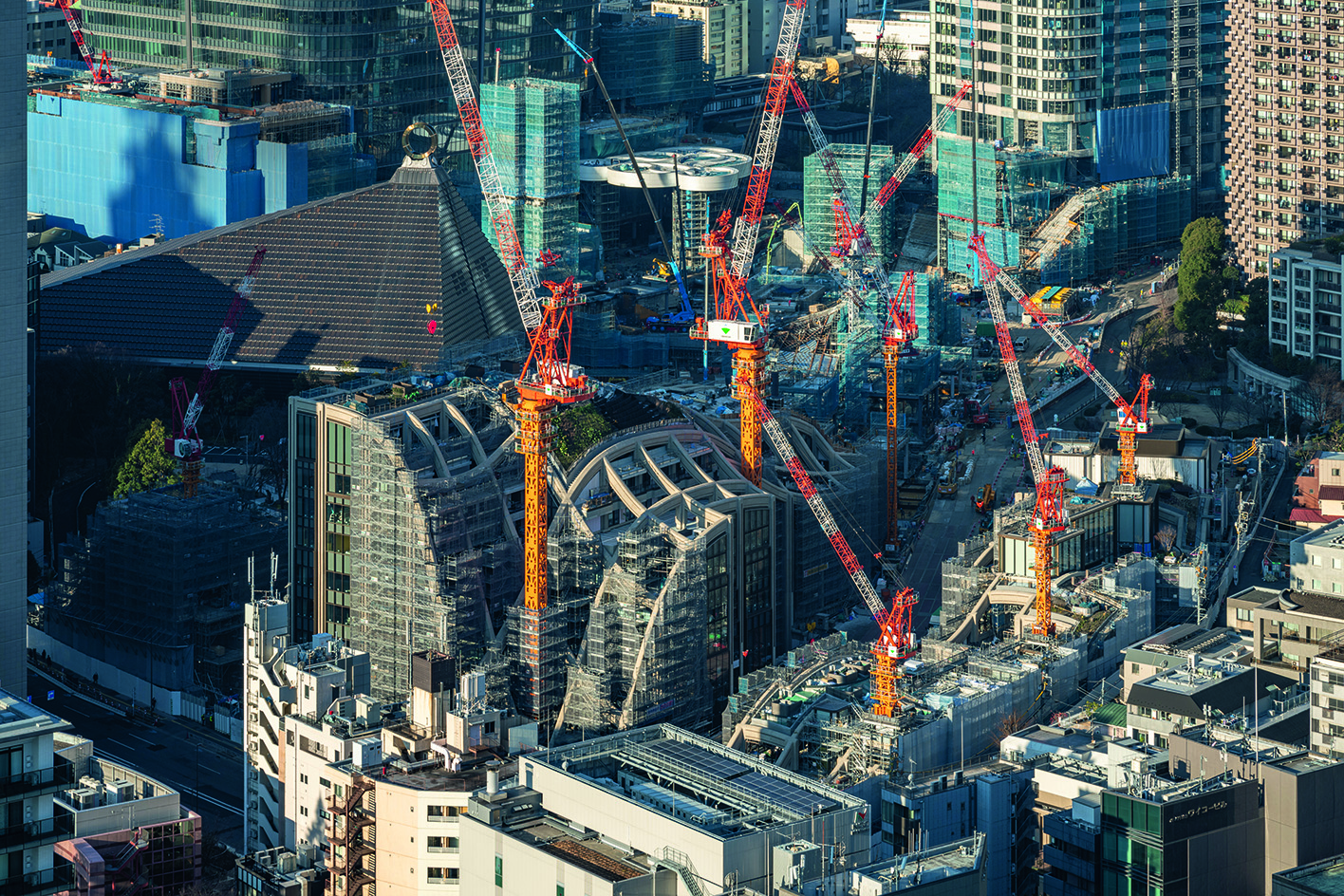
Spanning 8.1 hectares in the heart of Tokyo, Azabudai Hills is on track to shake up the sprawling cityscape when it opens this autumn. Made possible by three decades of meticulous planning, research and consultation by the Mori Building Company, the ambitious project aims to create a new human-centric paradigm for urban living.
Even by Tokyo’s cloud-brushing standards, Azabudai Hills is enormous. Currently in the final throes of its construction, this ‘city in a city’ will be home to an entire urban cosmos: 1,400 residences, offices for around 20,000 workers, and 150 shops and restaurants, plus a food market, the British School in Tokyo, a new TeamLab museum, Aman’s Janu Tokyo hotel and 11 floors of Aman Residences. It involves an impressive roster of creatives – Pelli Clarke & Partners has created three sleek skyscrapers; Sou Fujimoto designed the retail spaces; and Heatherwick Studio has dreamt up the organically flowing lower-level architecture, connecting the public area components through abundant greenery.

Heatherwick Studio's Azabudai Hills
Azabudai Hills broke ground in August 2019, with Thomas Heatherwick witnessing the Shinto priest blessings, as is customary at the start of construction projects in Japan – before switching to remote management due to the pandemic. Returning to Tokyo in September 2022 was a revelatory moment – not only in terms of the project’s tangible progression, but also due to the sharp cultural disparities in the construction industry (perhaps best embodied by the workers’ jackets, which have in-built air conditioning).
‘In the UK, we talk about construction work as managing conflict,’ says Heatherwick. ‘So I arrived in Tokyo thinking, what do we have to fight for? And everyone looked at me blankly. They are all endeavouring their absolute best to achieve what we really want within the budget and timescales. It’s one of the smoothest construction projects we have ever worked on.’ He adds: ‘I was inspired years ago by visiting Japanese craftspeople making religious artefacts for Buddhist temples. It’s seeing craft almost as a spiritual ritual. I could not see how that could possibly translate to the large-scale world of messy construction sites. But there was a real relationship between the two. This is the macro of the micro you see in workshops all across Japan.’
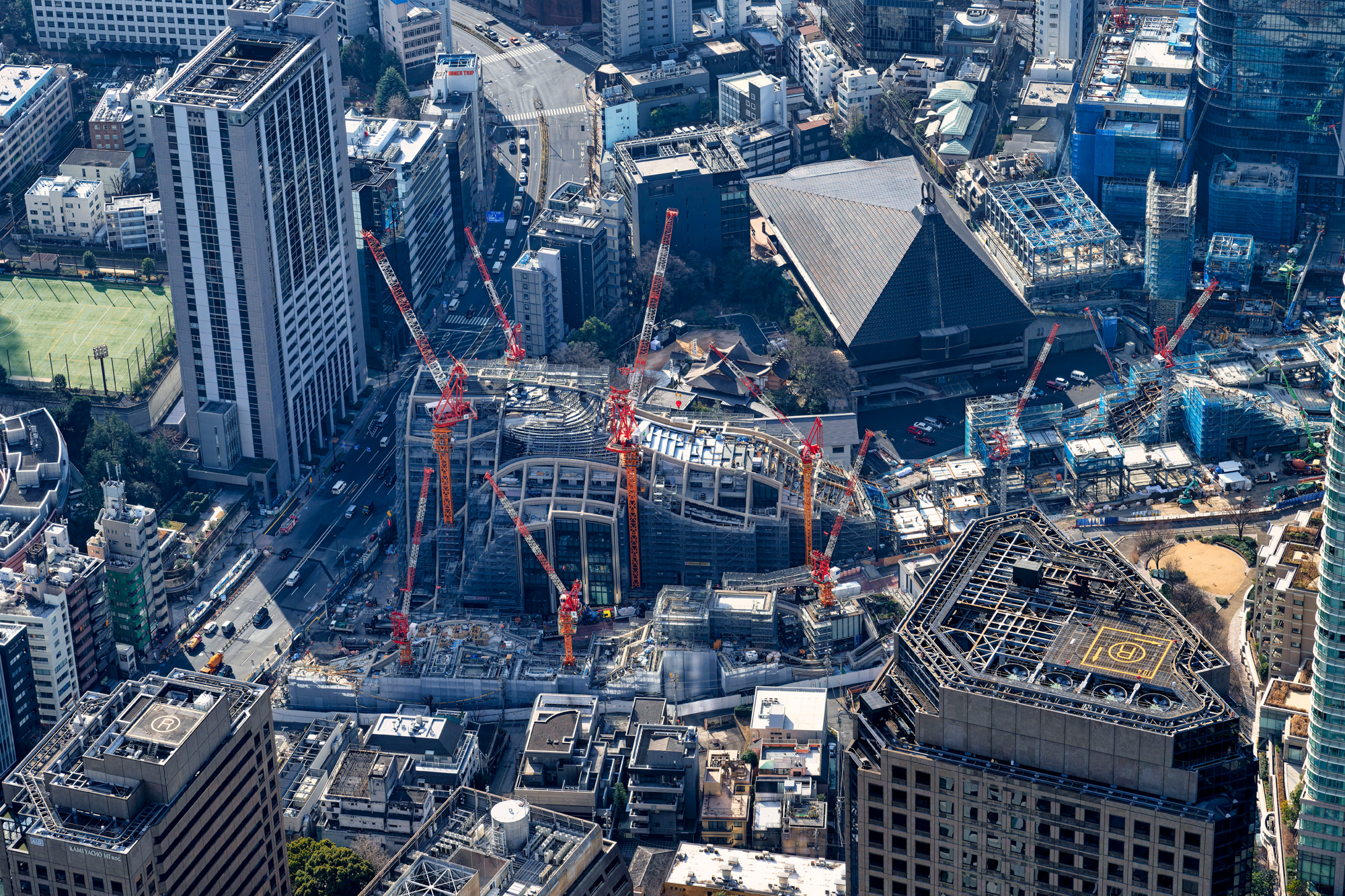
Central to Heatherwick’s design at Azabudai Hills is a large pergola-style steel structure, with its grid format manipulated to create an organically curved rooftop, upon which people can walk among undulating expanses of greenery. It was driven by a desire to explore the boundaries of the human scale within a densely packed city. ‘There are more humans than ever, but we are actually similar in size to hundreds or thousands of years ago,’ he says. ‘The challenge is how we can make something that both acknowledges its urban scale of us all coming together, but equally makes space for our human-ness. And so the master plan evolved to build three simple large towers – and between them, a more complex, almost village-like development on a far more human scale. We wanted to put some of the wildness squeezed out of cities back into the heart of the project.’
It’s a big year in Japan for Heatherwick: the construction of Azabudai Hills (his first completed project in the country) coincides with a major new exhibition, at the Mori Art Museum in Tokyo, highlighting 28 projects around the world. ‘Soulfulness is something we are really missing,’ he says. ‘We need to think about the built world around us in a more emotion-centred way. I am interested in how we look at buildings more with our feelings than our intellect. For me, it’s about how we can avoid soullessness.’
‘Heatherwick Studio: Building Soulfulness’ is on until 4 June at Mori Art Museum
Wallpaper* Newsletter
Receive our daily digest of inspiration, escapism and design stories from around the world direct to your inbox.
A version of this article appears in the May 2023 issue of Wallpaper*, available in print, on the Wallpaper* app on Apple iOS, and to subscribers of Apple News +. Subscribe to Wallpaper* today
Danielle Demetriou is a British writer and editor who moved from London to Japan in 2007. She writes about design, architecture and culture (for newspapers, magazines and books) and lives in an old machiya townhouse in Kyoto.
Instagram - @danielleinjapan
-
 Put these emerging artists on your radar
Put these emerging artists on your radarThis crop of six new talents is poised to shake up the art world. Get to know them now
By Tianna Williams
-
 Dining at Pyrá feels like a Mediterranean kiss on both cheeks
Dining at Pyrá feels like a Mediterranean kiss on both cheeksDesigned by House of Dré, this Lonsdale Road addition dishes up an enticing fusion of Greek and Spanish cooking
By Sofia de la Cruz
-
 Creased, crumpled: S/S 2025 menswear is about clothes that have ‘lived a life’
Creased, crumpled: S/S 2025 menswear is about clothes that have ‘lived a life’The S/S 2025 menswear collections see designers embrace the creased and the crumpled, conjuring a mood of laidback languor that ran through the season – captured here by photographer Steve Harnacke and stylist Nicola Neri for Wallpaper*
By Jack Moss
-
 2025 Expo Osaka: Ireland is having a moment in Japan
2025 Expo Osaka: Ireland is having a moment in JapanAt 2025 Expo Osaka, a new sculpture for the Irish pavilion brings together two nations for a harmonious dialogue between place and time, material and form
By Danielle Demetriou
-
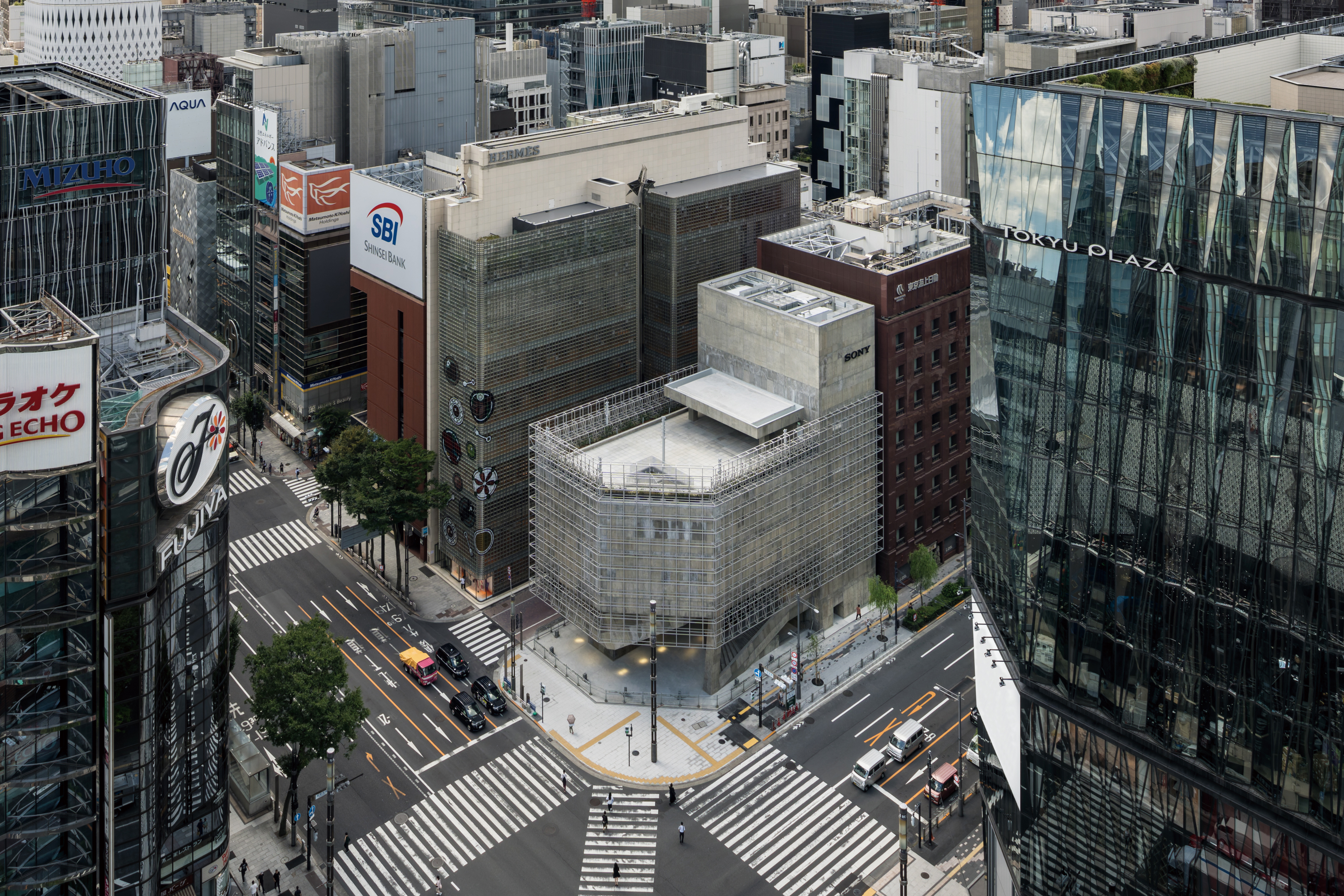 Tour the brutalist Ginza Sony Park, Tokyo's newest urban hub
Tour the brutalist Ginza Sony Park, Tokyo's newest urban hubGinza Sony Park opens in all its brutalist glory, the tech giant’s new building that is designed to embrace the public, offering exhibitions and freely accessible space
By Jens H Jensen
-
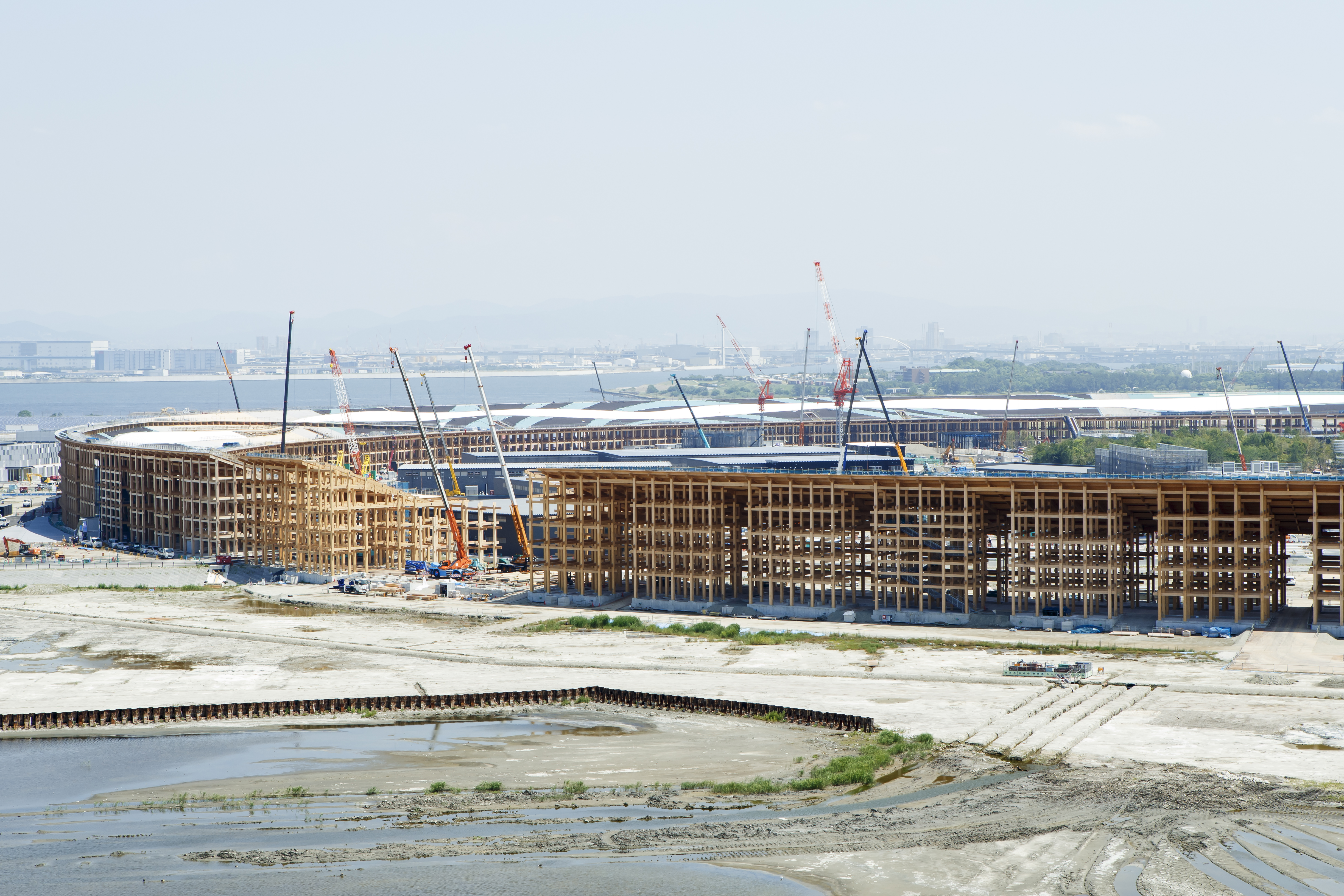 A first look at Expo 2025 Osaka's experimental architecture
A first look at Expo 2025 Osaka's experimental architectureExpo 2025 Osaka prepares to throw open its doors in April; we preview the world festival, its developments and highlights
By Danielle Demetriou
-
 Ten contemporary homes that are pushing the boundaries of architecture
Ten contemporary homes that are pushing the boundaries of architectureA new book detailing 59 visually intriguing and technologically impressive contemporary houses shines a light on how architecture is evolving
By Anna Solomon
-
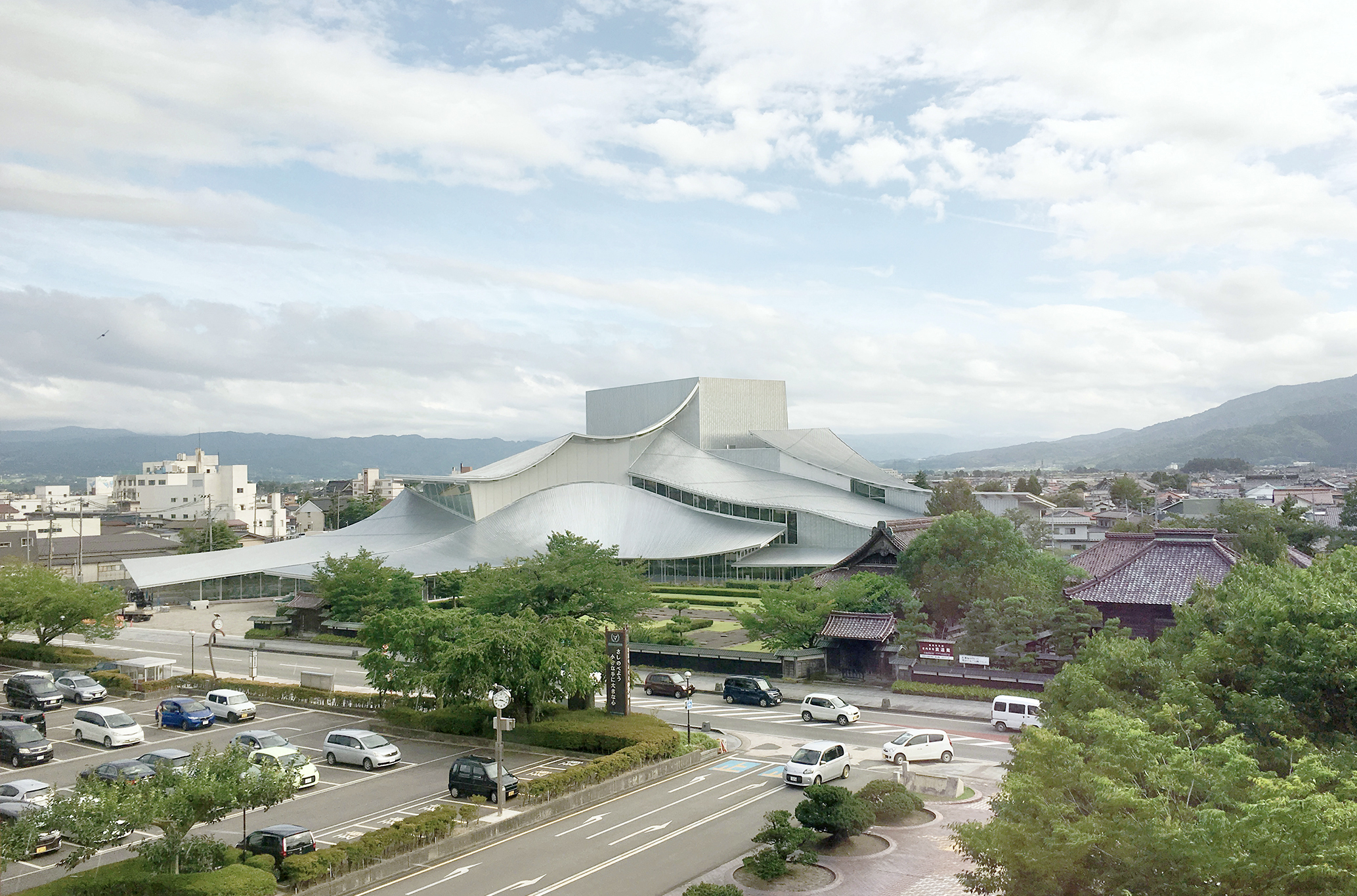 And the RIBA Royal Gold Medal 2025 goes to... SANAA!
And the RIBA Royal Gold Medal 2025 goes to... SANAA!The RIBA Royal Gold Medal 2025 winner is announced – Japanese studio SANAA scoops the prestigious architecture industry accolade
By Ellie Stathaki
-
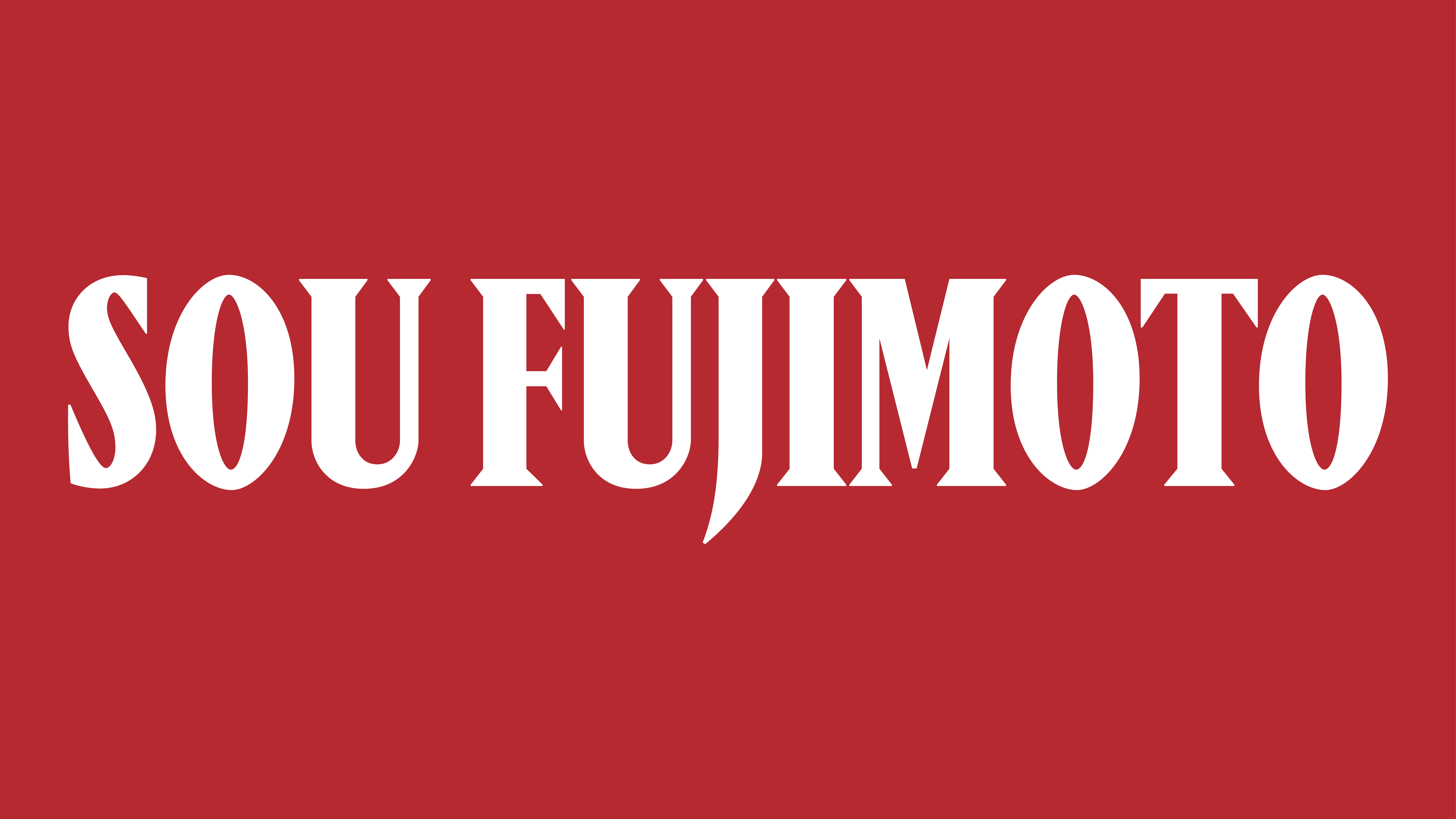 Architect Sou Fujimoto explains how the ‘idea of the forest’ is central to everything
Architect Sou Fujimoto explains how the ‘idea of the forest’ is central to everythingSou Fujimoto has been masterminding the upcoming Expo 2025 Osaka for the past five years, as the site’s design producer. To mark the 2025 Wallpaper* Design Awards, the Japanese architect talks to us about 2024, the year ahead, and materiality, nature, diversity and technological advances
By Sou Fujimoto
-
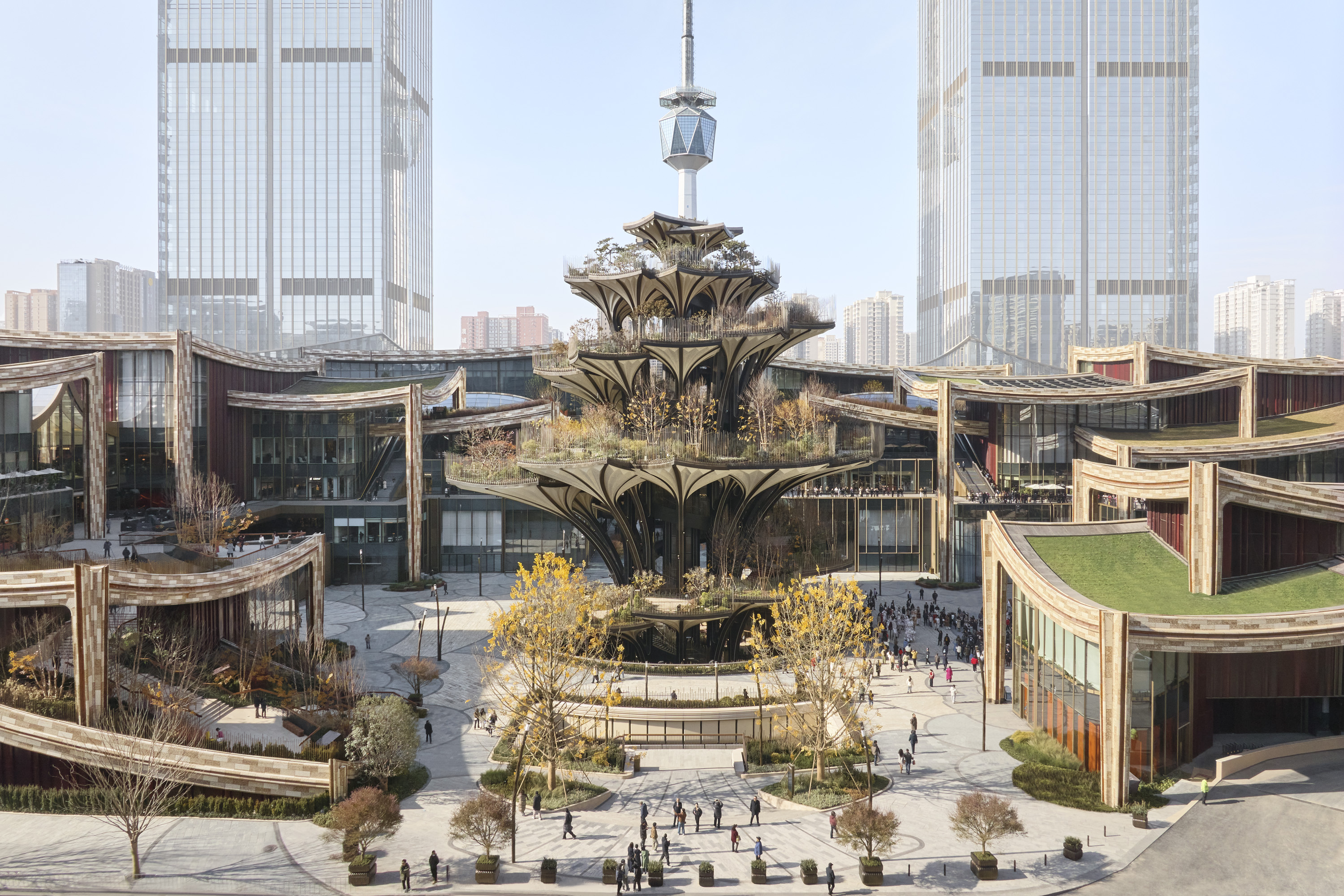 Tour Xi'an's remarkable new 'human-centred' shopping district with designer Thomas Heatherwick
Tour Xi'an's remarkable new 'human-centred' shopping district with designer Thomas HeatherwickXi'an district by Heatherwick Studio, a 115,000 sq m retail development in the Chinese city, opens this winter. Thomas Heatherwick talks us through its making and ambition
By David Plaisant
-
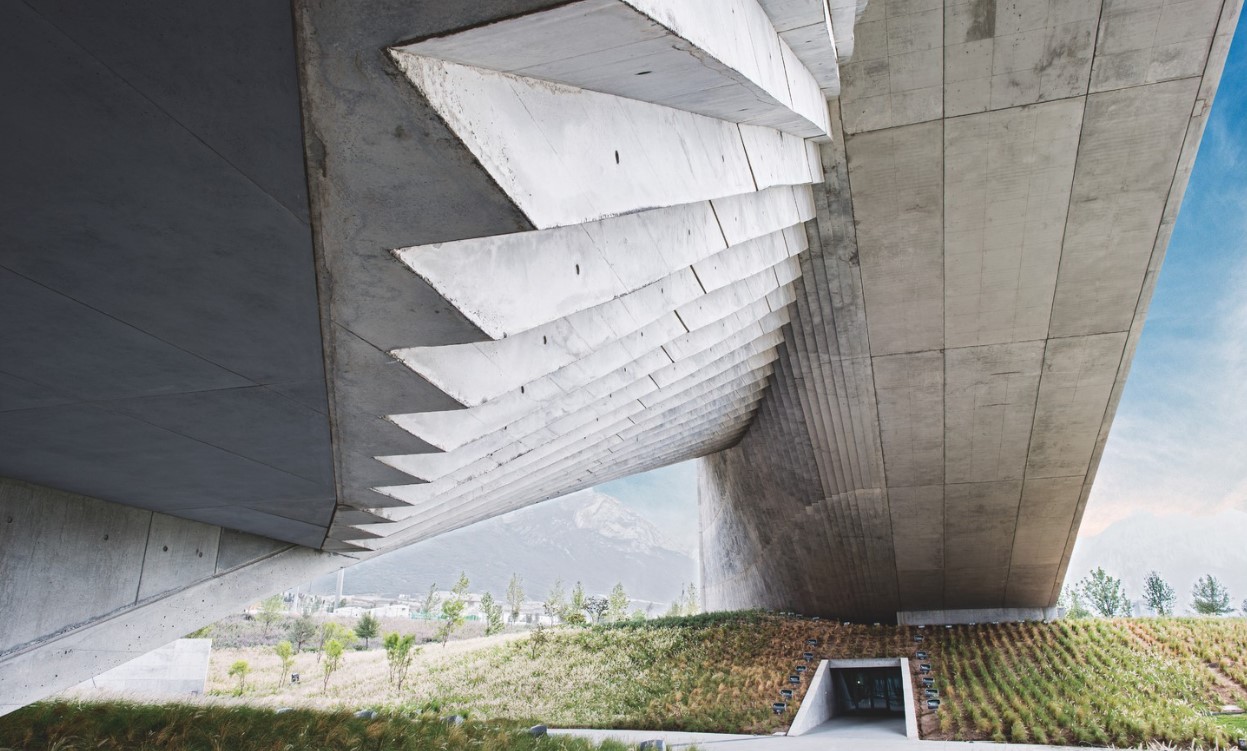 Tadao Ando: the self-taught contemporary architecture master who 'converts feelings into physical form’
Tadao Ando: the self-taught contemporary architecture master who 'converts feelings into physical form’Tadao Ando is a self-taught architect who rose to become one of contemporary architecture's biggest stars. Here, we explore the Japanese master's origins, journey and finest works
By Edwin Heathcote